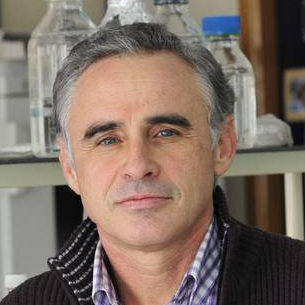Preprint
Communication
A Mucoralean White Collar-1 Photoreceptor Controls Virulence by Regulating an Intricate Gene-Network during Host Interactions.
Altmetrics
Downloads
159
Views
186
Comments
0
A peer-reviewed article of this preprint also exists.
supplementary.zip (3.38MB )
This version is not peer-reviewed
Submitted:
30 December 2020
Posted:
31 December 2020
You are already at the latest version
Alerts
Abstract
Mucolares are an ancient group of fungi encompassing the causal agents for the lethal infection mucormycosis. The high lethality rates, the emerging character of this disease, and the broad antifungal resistance of its causal agents are mucormycosis features alarming clinicians and researchers. Thus, the research field around mucormycosis is currently focused on finding specific weaknesses and targets in Mucorales for developing new treatments against mucormycosis. In this work, we tested the role of the white-collar genes family in the virulence potential of Mucor lusitanicus. In this regard, the study of the role in virulence of the three genes of this family, mcwc-1a, mcwc-1b, and mcwc-1c, resulted in a marked functional specialization, as only mcwc-1a was essential to maintain the virulence potential of M. lusitanicus. The traditional role of wc-1 genes regulating light-dependent responses is a thoroughly studied field, whereas their role in virulence remains uncharacterized. In this work, we investigated the mechanism involving mcwc-1a in virulence from an integrated transcriptomic and functional approach during the host-pathogen interaction. Our results revealed mcwc-1a as a master regulator controlling an extensive gene-network. Further dissection of this gene-network clustering its components by type of regulation and functional criteria disclosed a multifunctional mechanism depending on diverse pathways. In the absence of phagocytic cells, mcwc-1a controlled pathways related to cell motility and cytoskeleton that could be associated with the essential tropism during tissue invasion. After phagocytosis, several oxidative responding pathways dependent on mcwc-1a were activated during the germination of M. lusitanicus spore inside of phagocytic cells, which is the first stage of the infection. The third relevant group of genes involved in virulence and regulated by mcwc-1a belonged to the “unknown function,” indicating that new and hidden pathways are involved in virulence. The unknown function category is especially pertinent in the study of mucormycosis, as it is highly enriched in specific fungal genes that represent the most promising targets for developing new antifungal compounds. These results essentially unveil a complex multifunctional mechanism used by wc-1 genes to regulate the pathogenic potential in Mucorales that could also apply to other fungal pathogens.
Keywords:
Subject: Biology and Life Sciences - Biochemistry and Molecular Biology
Copyright: This open access article is published under a Creative Commons CC BY 4.0 license, which permit the free download, distribution, and reuse, provided that the author and preprint are cited in any reuse.
MDPI Initiatives
Important Links
© 2024 MDPI (Basel, Switzerland) unless otherwise stated







